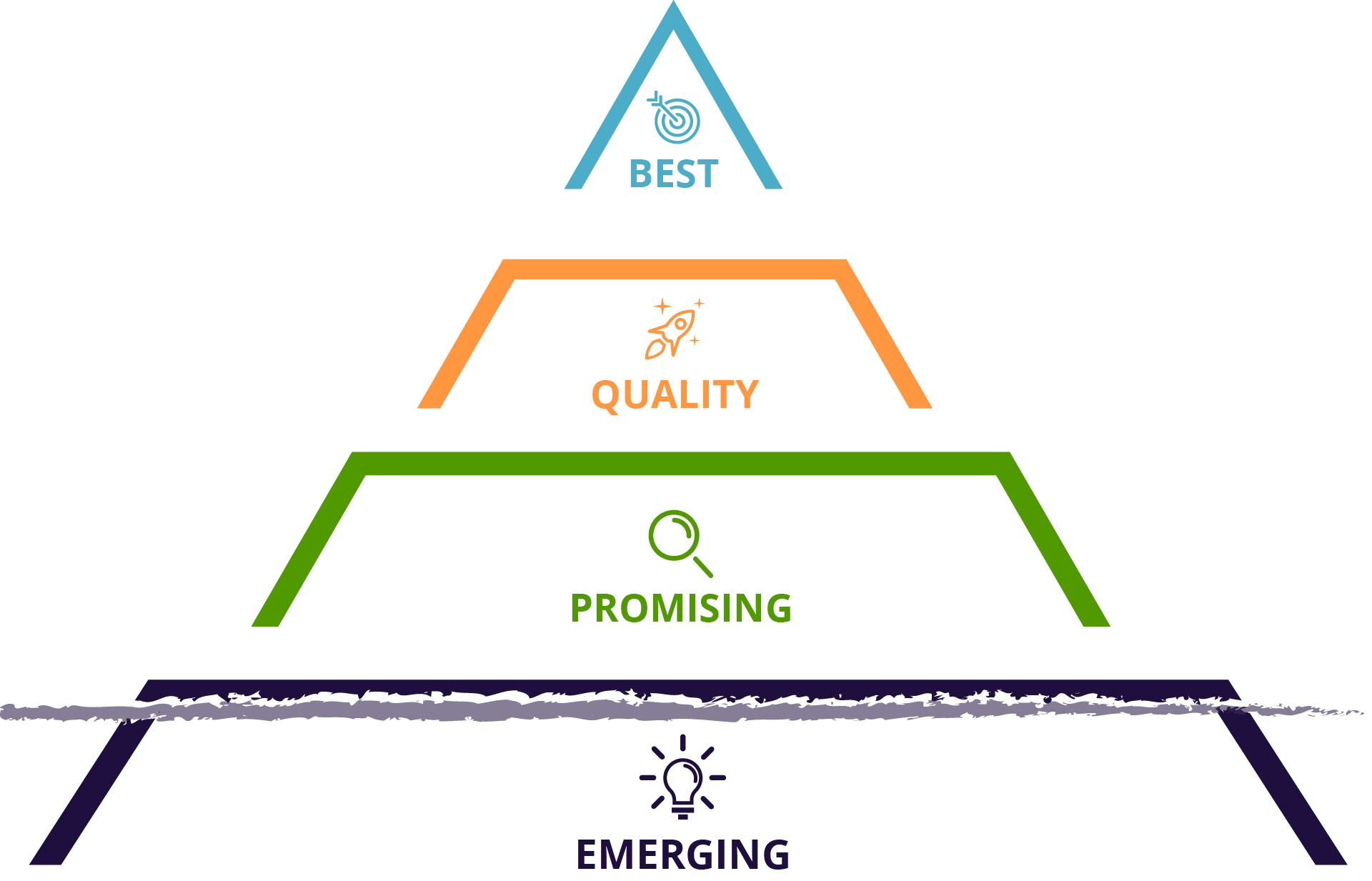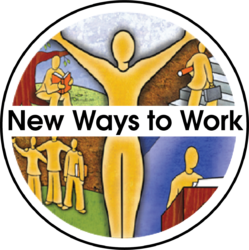Summary – It’s all about practice – but what do we call a practice when we uncover one we like? Is it a “Best Practice” simply because it seems to be working? If everything we like is “best” then nothing is.
Do words matter? Does what we call things really matter?
Using a label to describe or qualify what we or others are doing really does matter. And language fails us if every good idea we come across is referred to as a “Best Practice.”
Defining Practice: The “How-To” of a Desired Goal

Examples of challenges in the youth workforce development field might include practices that address one of the following questions.
Precise Definitions Promote Consistency, Replicability and Relevance
Words Matter
There is a disturbing trend to ignore definitional standards in the way we talk about and describe our work. People have become lax with defined indicators of excellence, and that hurts our ability to understand what makes an approach successful, and to select the right practices to promote, replicate or amplify in our communities to address a particular issue.

As we discover good ideas and uncover proven approaches, it’s important for us to follow these guidelines.
To be able to learn from the approaches and processes that have demonstrated promise or success in addressing a particular issue or challenge, we need a better set of labels that help us sort and understand where these methods currently are in the process of moving along a continuum towards, or away from, being the best.
Best is the Highest Summit, Not a Participation Trophy nor a Marketing Term

Best Practice is used all too frequently to describe:
Webster’s defines best practice as: a procedure that has been shown by research and experience to produce optimal results and that is established or proposed as a standard suitable for widespread adoption.
A best practice is just that. The best. Born out of the Total Quality Management movement of the 1990’s, a best practice is one that has been s been measured and compared to all other practices addressing a particular issue and has demonstrated, through observation, data and experience, that it is the best. Period.
If it’s not “Best” How do I describe a practice by some scale that defines its degree of excellence?
So….what do we call other strategies and approaches that are good ideas that bear consideration for replication, application or recognition?
Over the years, we at New Ways to Work have sought to uncover good ideas and approaches in youth workforce development and career readiness programming, and recommend replication or application of these ideas and approaches to others seeking to address a common issue or challenge.
We have found it helpful to apply the following labels and attendant definitions for different types of practices to help us better understand where it sits on the path towards excellence and how it might be applied in another setting.






